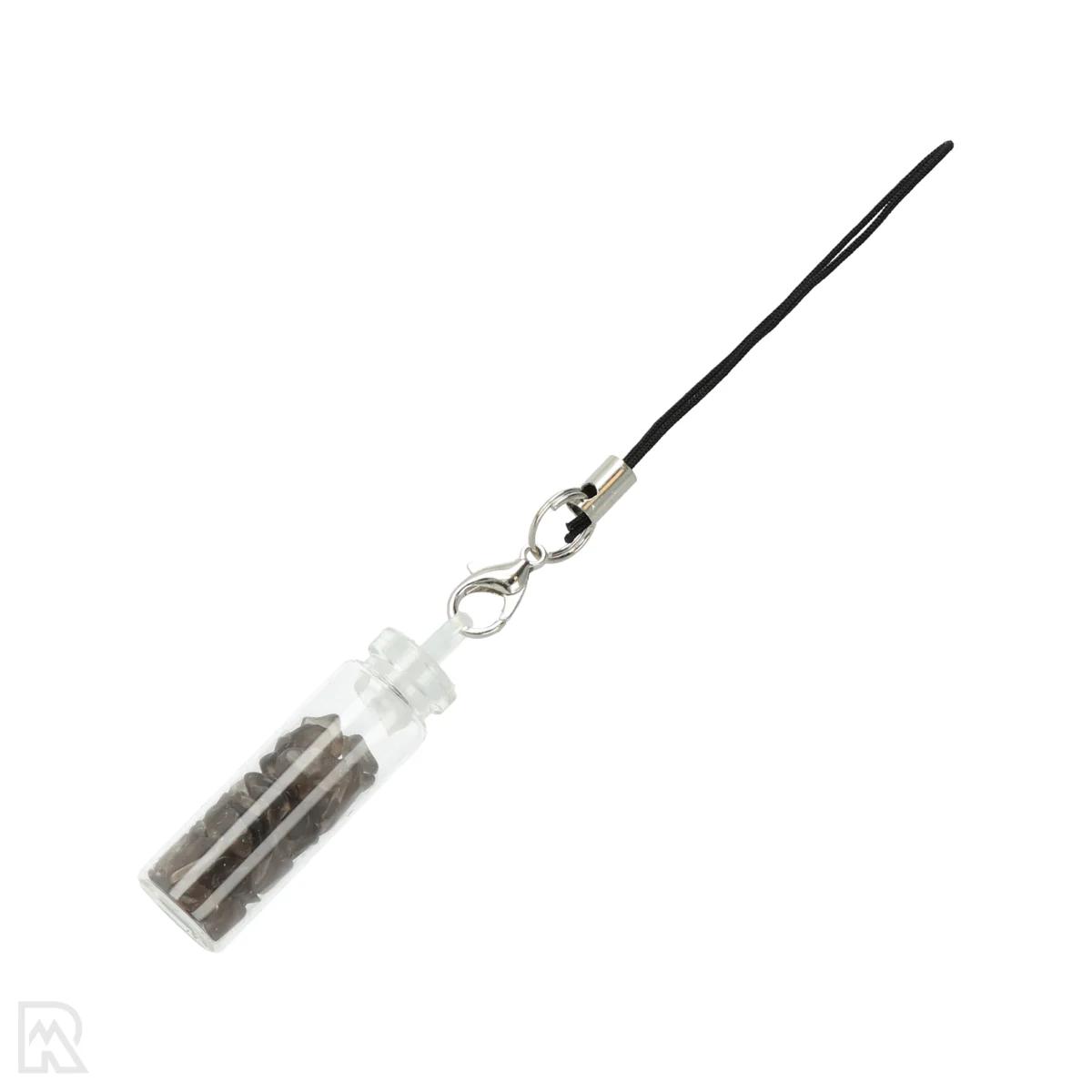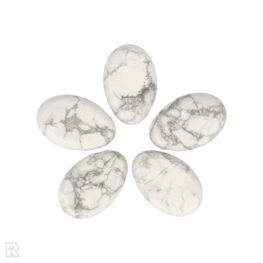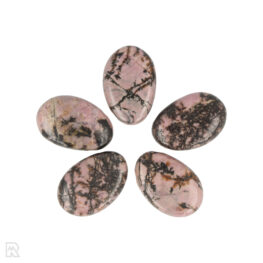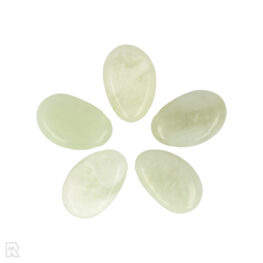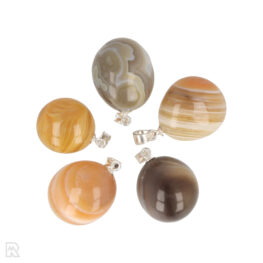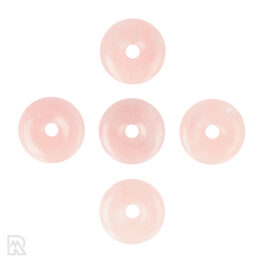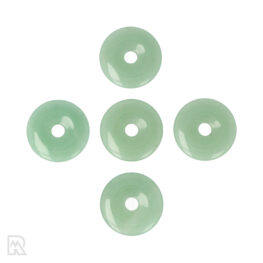| Gewicht | 0,05 kg (50 gr) |
|---|---|
| Dimensions | 1,1 × 1,1 × 3,5 cm |
| Sales Unit | |
| Type | |
| Form | |
| Origin | |
| SKU | 4975 |
Ice Obsidian Lucky Bottle
Ice Obsidian Lucky Bottle from China
Obsidian
Obsidian is a natural volcanic glass formed during the rapid cooling of silica-rich magma. The mineral usually has a deep black colour and glassy luster, but can also show variants with inclusions or colour splashes, such as snowflake obsidian or rainbow obsidian. Its structure is amorphous, meaning it has no crystal lattice.
Obsidian is found worldwide in volcanic areas, including Iceland, Mexico, the United States and Japan. As it has no crystalline structure, it is not technically classified as a mineral, but as a rock of volcanic origin. Its composition consists mainly of silica (SiO₂), and its hardness is around 5 to 5.5 on the Mohs scale.
Sources:
Mindat.org, Gemdat.org, Wikipedia - Obsidian
Selenite
Selenite is a clear to translucent variety of the mineral gypsum (CaSO₄-2H₂O). It is known for its glassy to pearly luster and often fibrous structure. A common form is selenite, which has a silky luster and occurs in long, fibrous crystals. Despite its name, selenite has nothing to do with the element selenium; the name is derived from the Greek word for moon, because of its soft luster.
Selenite forms in sedimentary environments during the evaporation of seawater and is found in countries such as Mexico, Morocco, the US and Australia. It is a soft mineral with a hardness of 2 on the Mohs scale, making it easy to work by hand. Almost all selenite sold on the Dutch market is satin spar; however, selenite is a market-accepted sales name.
Sources:
Mindat.org, Gemdat.org, Wikipedia - Selenite
